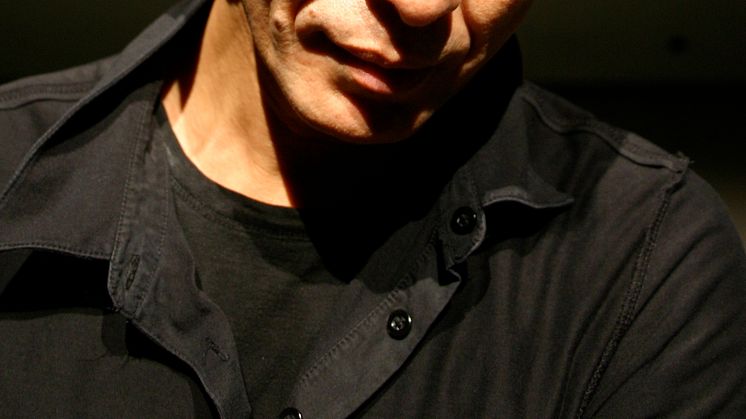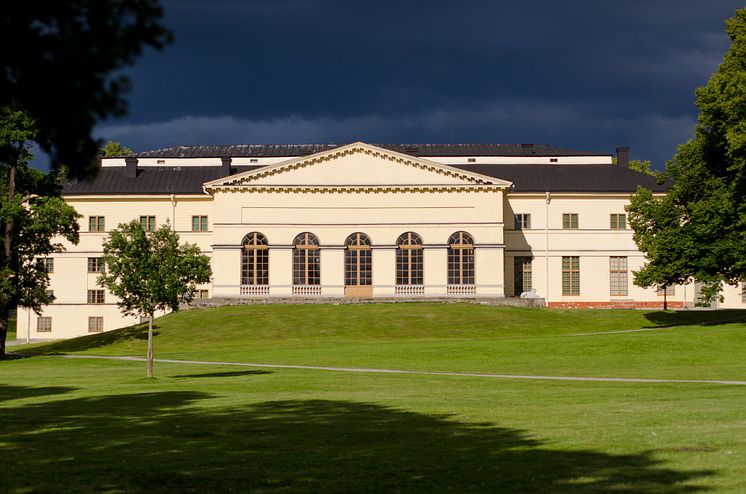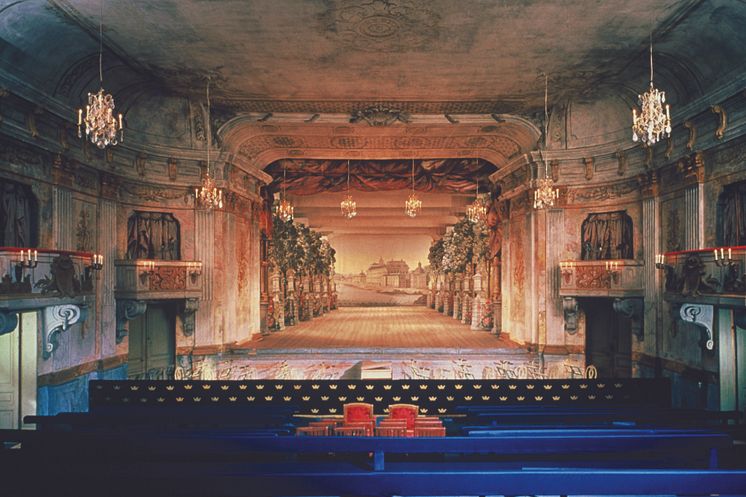
Pressmeddelande -
Drottningholms Slottsteater presents Saburo Teshigawara
The Japanese master choreographer and multitalented artist Saburo Teshigawara will be staging Jean-Philippe Rameau’s opera ballet Pygmalion this summer, in a rare and unique visit to Sweden’s foremost Cultural Heritage site – Drottningholms Slottsteater. Swedish director Pia Forsgren will be creating The Siblings of Mantua, a newly written baroque opera with some of the leading artists of the contemporary arts. Tickets to both productions go on sale on 23 February.
“We’ve invited artists with very distinguished careers within the contemporary performing arts to create something new in our unique theatre environment,” says Sofi Lerström, artistic director at Drottningholms Slottsteater.
The first premiere of the season is Pygmalion by Jean-Philippe Rameau on 28 July. The opera ballet is directed by Saburo Teshigawara, known for creating visually compelling and incomparably beautiful productions, for his own company KARAS, real works of art on their own. His most recent opera productions include Mozart's The Magic Flute (2016), Dai Fujikura's SOLARIS, based on Stanislas Lem's novel (2015) and Handel’s Acis and Galatea (2011).
Pygmalion was originally premiered in 1748 and tells the story of the sculptor Pygmalion, who, falls in love with his own statue, brought to life by Amor, the god of love. This classic tale has appeared in many guises, from Roman poet Ovid’s Metamorphoses to the 1956 musical My Fair Lady. Multitalented artist Saburo Teshigawara takes on the direction, choreography, stage and lighting design and the Drottningholm Theatre Orchestra, is led by the Italian conductor Vittorio Ghielmi. The cast includes tenor Anders J Dahlin and soprano Kerstin Avemo.
The Siblings of Mantua, opening on September 8th, is a brand, new opera with old music, based on the true story of composer Salamone Rossi and his sister Europa, who lived in Mantua around the turn of the 17th century. Salamone Rossi was composer at the Mantuan court and he also wrote heavenly religious music, and his sister was an acclaimed singer at the Mantuan court, among the first Italian real opera stars. Although highly regarded artists, their Jewish heritage left them vulnerable to persecution in their balancing between the two worlds. This new piece with a libretto by Magnus Florin includes rarely performed works by Salamone Rossi and newly composed music by Djuro Zivkovic. The Siblings of Mantua is a contemporary opera with its roots in 17th century Europe, a politically charged time not unlike our own. This new piece is specifically commissioned for the theatre, with a concept conceived by Pia Forsgren, director, and Maria Lindal, the theatre’s music director. Internationally renowned artist Mamma Andersson uses the theatre’s traditional sets as inspiration for her stage design, while fashion designer Behnaz Aram is creating the costumes. The music is performed by the Drottningholm Theatre Orchestra, playing on traditional instruments, as always.
“This is a story that needs to be told,” says Ms Forsgren. “It deals with persistently topical issues of alienation and norms, as well as questions to do with art and the human need to use it as a mirror to life. My aim is to tie together the past and the present and spark a debate that continues even after the curtain drops.”
The full programme, including tours and public events under the Esprit! concept, will be published in March. The performance season will begin with a special opening on 6 June and will end in September.
Drottningholms Slottsteater has remained intact since 1766 and is a UNESCO World Heritage site. With its hand-operated stage machinery still in use, there is no theatre like this anywhere in the world.
Pygmalion, 28 July- 11 August
Music: Jean-Philippe Rameau
Libretto:Sylvain Ballot de Sauvot
Conductor: Vittorio Ghielmi
Director/choreographer/set, costume and light design: Saburo Teshigawara
Artistic collaborator of Saburo Teshigawara: Rihoko Sato
Pygmalion: Anders J Dahlin
L’Amour: Kerstin Avemo
Céphise: NN
La statue animée: NN
Dancers: Rihoko Sato, Saburo Teshigawara and KARAS dancer
The Drottningholm Theatre Chorus, The Drottningholm Theatre Orchestra
Including prologue/epilogue.
With support from the Friends of Drottningholms Slottsteater.
The siblings of Mantua, 8-12 September
Original idea and concept: Pia Forsgren and Maria Lindal
Libretto: Magnus Florin
Director: Pia Forsgren
Music director Maria Lindal
Stage design: Mamma Andersson
Light design: Jenny André
Costumes: Behnaz Aram
Music: Salamone Rossi, Claudio Monteverdi, Francesca Caccini, Djuro Zivkovic and Andreas Edlund
Cast: Yaniv d’Or, Claire Meghnagi, Karim Sulayman, Markus Schwartz, Carl Unander-Scharin, dancers, The Drottningholm Theatre Chorus, The Drottningholm Theatre Orchestra
In co-operation with the Robert Weil Family Foundation
With support from the Friends of Drottningholms Slottsteater via the Henrik Nordmark Foundation.
For further details and to book interviews or visits, contact:Elin West, press officer, Drottningholms Slottsteater, 0733 50 26 25,elin.west@dtm.se
Press photographs and information can be downloaded from


